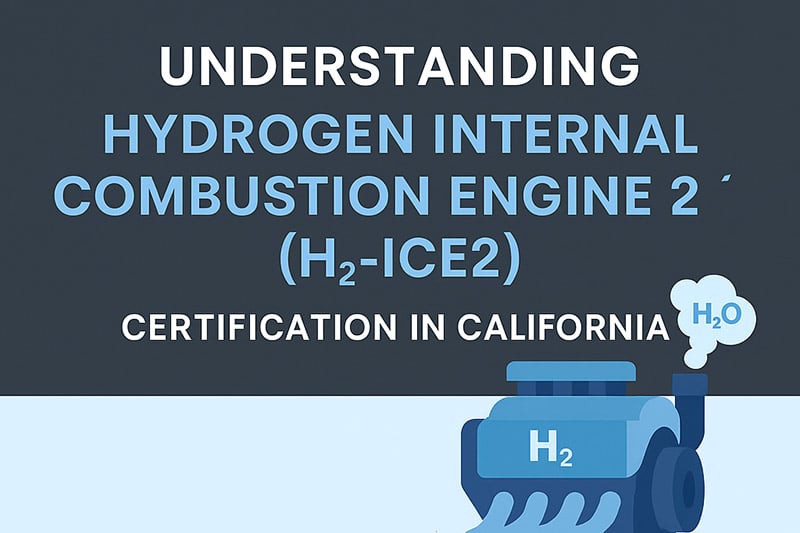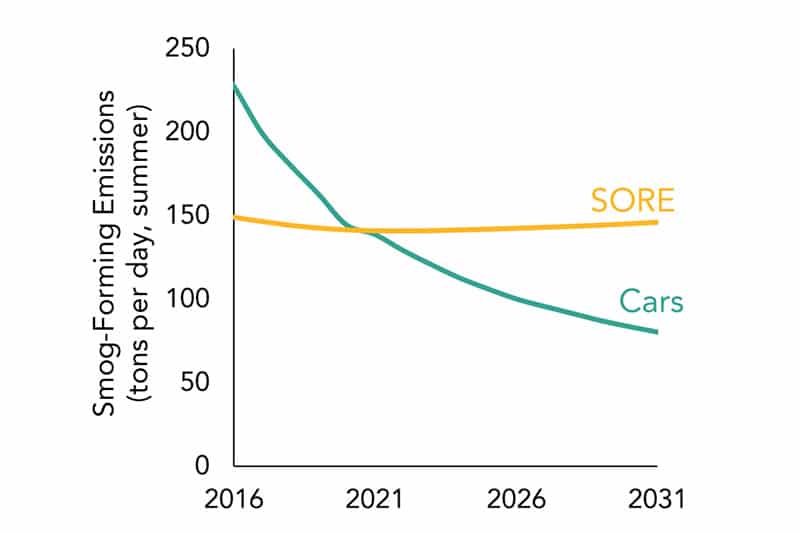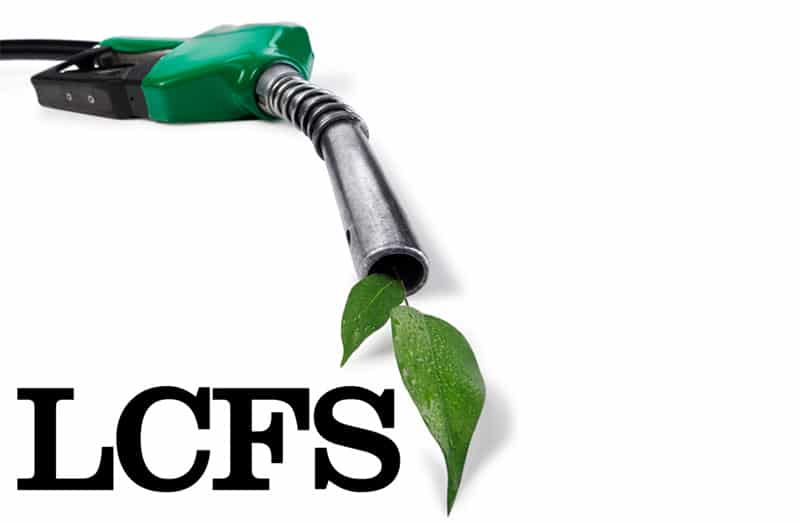While one of the more well known automobile emissions battles was kicked off in October 1997 with the introduction of the Toyota Prius hybrid, the California Air Resource Board (CARB) was already seven years into it’s Zero-Emission Vehicle (ZEV) program. The majority of awareness, protocols and standards in place across several cities in the United States and the world can in some form be traced back to the ongoing efforts of the California based ZEV program over the last 30 years. The mission was simple, “To meet California’s health based air quality standards and greenhouse gas emission reduction goals, the cars we drive and the fuel we use must be transformed away from petroleum.” The compelling need was even simpler, seven of the ten cities with the worst air pollution nationwide are in California. California’s vehicle standards, under the Federal Clean Air Act, were the first to lay the foundation towards emissions reductions with the California’s Low-Emission Vehicle (LEV) criteria pollutant and greenhouse gas (GHG) emission regulations and Zero-Emission Vehicle (ZEV) regulations. Three years after the birth for the California ZEV program New York became the first state to adopt such vehicle standards and since 1993 eleven more states have adopted these same standards with Colorado coming on board as the twelfth in 2023. ZEV regulation success can be easily seen in the progress of ZEV credits across popular automobile manufacturers. In 2009, the calculated total number of ZEV credits was 3,093.751, which was calculated since the the start of ZEV regulation in 1990. As of August, 31, 2020 the total ZEV credits is 1,240,032,81. In ten years the number of ZEV credits has increased nearly 400 times over since the cumulative beginning of recording in 1990. The ten year difference is even more impressive when you look at vehicle type sales:
| Type | 2009 | 2019 |
| Fuel Cell Electric | 300 | 8,500 |
| Battery Electric | 5,100 | 371,200 |
A clean winner in the ZEV credit game is Tesla with 448,913.46 with Toyota in second with 209,242.99 but many manufactures are thriving in the ZEV credit race with new EV introductions to their official line-ups including GM (153,484.24), Fiat Chrysler (73,690.99) and Nissan (67,793.74). How does ZEV regulation work? Auto manufacturers are required to produce a number of ZEVs and plug-in hybrids each year, based on the total number of cars sold in California by the manufacturer. Manufacturers with higher overall sales of all vehicles are required to make more ZEVs. Requirements are in terms of percent credits, ranging from 4.5 percent in 2018 to 22 percent by 2025. Auto manufacturers are to produce vehicles and each vehicle receives credits based on its electric driving range. The more range a vehicle has, the more credit it receives. Credits not needed for compliance in any given year can be banked for future use, traded, or sold to other manufacturers. CARB releases annual credit bank balances each year, as well as the total number of vehicles produced for that model year, as well as the total number of ZEVs and plug-in hybrids. Who are subject to the ZEV requirements? BMW, Fiat Chrysler, Ford, General Motors, Honda, Hyundai, Kia, Mercedes, Nissan, Toyota, and Volkswagen must comply with the new requirements. Five smaller manufacturers (Jaguar Land Rover, Mitsubishi, Mazda, Subaru and Volvo) are also required to comply with the ZEV requirements, but may meet their obligation with plug-in hybrids. What do all the credit balances mean? Positive credit balances represent a successful over compliance with the ZEV Regulation. Manufacturers can use these balances to provide flexibility in the timing and production of bringing new clean cars to the market to meet the ZEV requirements in coming years. Besides earning credits or transferring credits, what else can contribute to a manufacturers’ credit balance? In the ZEV regulation fuel cell electric vehicles and battery electric vehicles earned in one state are allowed to be counted as earned in all ZEV states, this is called the “travel” provision. When credits earned in the other ZEV states are traveled to California, they are traveled on a one to one basis. Travel of BEVs is no longer allowed after the close of the model year 2017 per the ZEV Regulation. The frequency of manufacturers completing travel has varied over the years with some manufacturers traveling BEV credits on an annual basis, and some manufacturers traveling BEV credits accumulated from several model years in a single compliance year. How far into the future do these credit balances cover the manufacturers’ ZEV requirement? Discount credits will expire after model year 2025 compliance. Each manufacturer is unique in its strategy of compliance with the ZEV Regulation. It is not possible to predict how and when these credit balances will be spent over the coming years due to the complexity and flexibility of the regulation. There are also various mechanisms in the ZEV Regulation which limit how credits are spent. These balances will be taken into account in future amendments to the regulation.
ECO, Inc. is the world’s leading engine and vehicle emissions certification consulting firm. Our mission is to ensure regulatory compliance to protect the overall health of our environment, and to mitigate risk for our clients. We have helped manufacturers and OEM’s avoid severe financial penalties and PR disasters for the past 20 years.
If you are a manufacturer with issues related to emissions compliance, contact us today to speak with our team of certification experts.
Photo by Peter Broomfield


